What Happened To The Tilted Kilt

Imagine the clatter of beer steins, the aroma of pub fare mingling with a hint of perfume, and the lively chatter of patrons. The Tilted Kilt, a restaurant chain once known for its scantily clad waitresses and Irish-themed ambiance, was a vibrant presence in the casual dining landscape. But a shadow fell, and locations began to shutter, leaving many wondering: What exactly happened to this seemingly unstoppable force?
The Tilted Kilt Pub & Eatery, characterized by its provocative image and blend of sports bar and Irish pub aesthetics, experienced a significant decline in recent years. Once a burgeoning franchise with ambitious expansion plans, it now exists in a vastly diminished form. This article explores the factors contributing to its downfall, examining market trends, controversies, and the changing preferences of the modern consumer.
The Rise of the Kilt
Founded in 2003 in Tempe, Arizona, by Mark DiMartino, the Tilted Kilt quickly gained popularity for its distinctive concept. It was a sports bar at heart, showing major sporting events, but with a twist. The waitresses, dressed in short, plaid kilts, matching tops, and knee-high socks, were a key element of the brand's appeal.
The chain's menu featured classic pub fare such as burgers, wings, and fish and chips, alongside Irish-inspired dishes. The atmosphere was designed to be lively and energetic, attracting a predominantly male clientele, but also couples and groups looking for a fun night out. The franchise model allowed for rapid expansion, and within a few years, Tilted Kilt locations sprung up across the United States and even internationally.
By the late 2000s and early 2010s, the Tilted Kilt seemed to be on an unstoppable trajectory. With hundreds of locations either open or in development, the brand aimed to become a major player in the casual dining industry. Its provocative marketing and focus on the "breastaurant" concept generated both attention and controversy, but also seemingly fueled its growth.
The Turning Tide
However, cracks began to appear in the Tilted Kilt's armor. The economic downturn of 2008-2009 impacted the restaurant industry as a whole, and the chain was not immune. As disposable income decreased, consumers cut back on discretionary spending, affecting restaurant sales across the board.
Beyond the economic challenges, the Tilted Kilt faced increasing competition from other casual dining chains and sports bars. Establishments like Buffalo Wild Wings and Twin Peaks, while also embracing a similar "breastaurant" model to varying degrees, offered different dining experiences and marketing strategies that resonated with certain demographics. The market became increasingly saturated.
Moreover, the Tilted Kilt's business model began to face scrutiny and criticism. The chain's overt focus on the sexualization of its waitresses drew accusations of objectification and sexism. This image, once a selling point, started to become a liability as societal attitudes towards gender and workplace equality evolved.
Controversies and Legal Battles
The Tilted Kilt was no stranger to legal challenges. Lawsuits filed by former employees alleging unfair labor practices, discrimination, and a hostile work environment painted a disturbing picture. These cases brought negative publicity to the brand, tarnishing its reputation and potentially deterring both customers and franchisees.
Some franchisees struggled with the strict brand standards and financial obligations imposed by the corporate office. Disputes over marketing strategies, menu changes, and required renovations led to friction and, in some cases, legal battles. This internal conflict further weakened the franchise system.
The rise of the #MeToo movement and increased awareness of gender inequality further intensified the scrutiny on the Tilted Kilt's business model. The chain's image, once seen as playful and harmless by some, was now viewed as outdated and offensive by others. This shift in public perception significantly impacted the brand's appeal.
The Decline and Restructuring
As sales declined and controversies mounted, Tilted Kilt locations began to close. Franchisees struggled to maintain profitability, and the corporate office faced increasing financial pressures. The once-ambitious expansion plans were scaled back, and the chain entered a period of decline.
In 2018, the Tilted Kilt filed for Chapter 11 bankruptcy protection. The company cited financial difficulties stemming from declining sales, increased competition, and legal challenges. The bankruptcy filing allowed the chain to restructure its debt and attempt to revitalize its operations.
Emerging from bankruptcy, the Tilted Kilt announced a new management team and a revised business strategy. The focus shifted towards a more family-friendly atmosphere, with an emphasis on food quality and customer service. The company also pledged to address concerns about its image and workplace environment. However, the road to recovery proved to be challenging.
The State of the Kilt Today
Today, the Tilted Kilt exists as a much smaller chain than it once was. The number of operating locations has dwindled significantly, and the brand's presence in the casual dining market is greatly reduced. While some locations continue to operate under the Tilted Kilt banner, the future of the chain remains uncertain.
The company faces an uphill battle in its efforts to regain its former glory. It must compete with established players in the casual dining and sports bar segments while also addressing the lingering negative perceptions associated with its brand. Whether the Tilted Kilt can successfully adapt to the changing times and recapture its audience remains to be seen.
The story of the Tilted Kilt serves as a cautionary tale about the importance of adapting to changing societal norms and consumer preferences. What was once a successful and innovative concept can quickly become outdated and irrelevant if it fails to evolve with the times. The Tilted Kilt's trajectory shows that long-term success requires more than just a provocative image; it demands a commitment to ethical business practices, employee well-being, and a genuine understanding of the evolving marketplace.
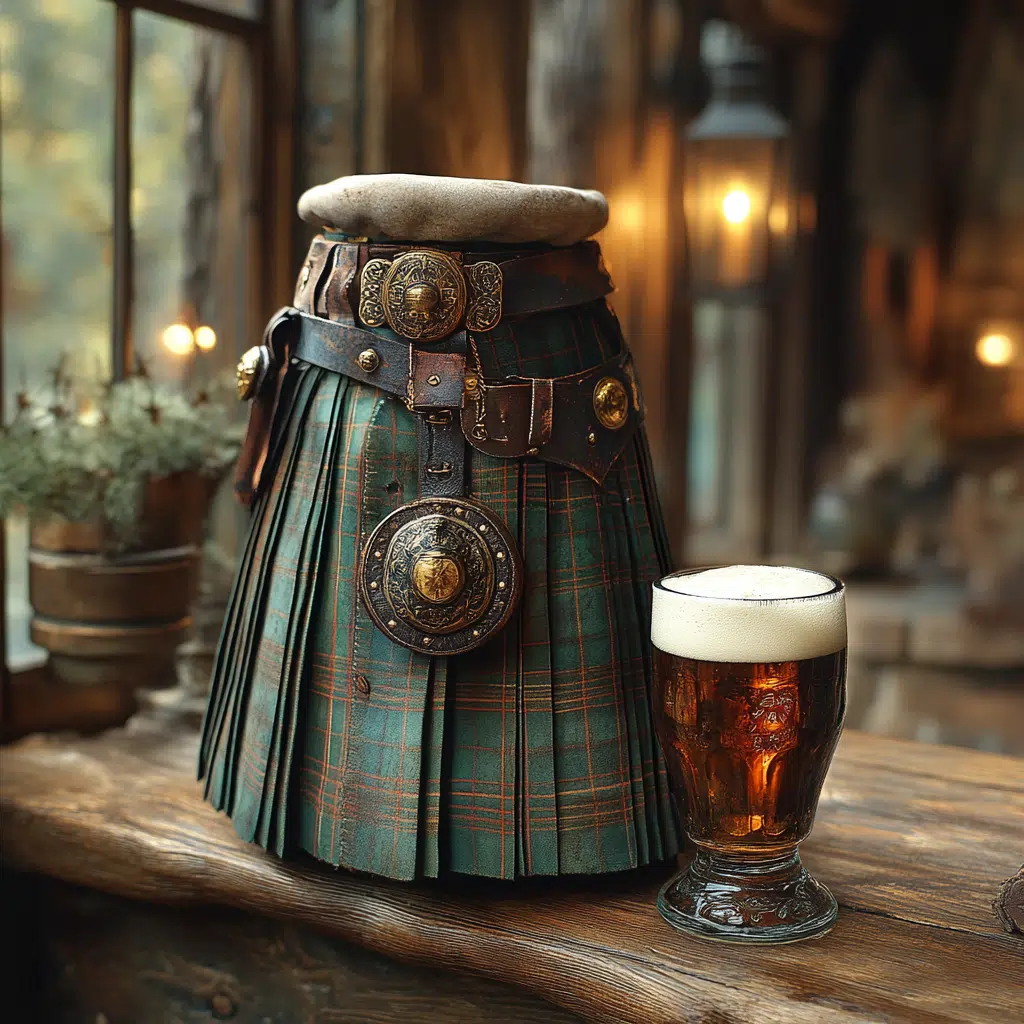
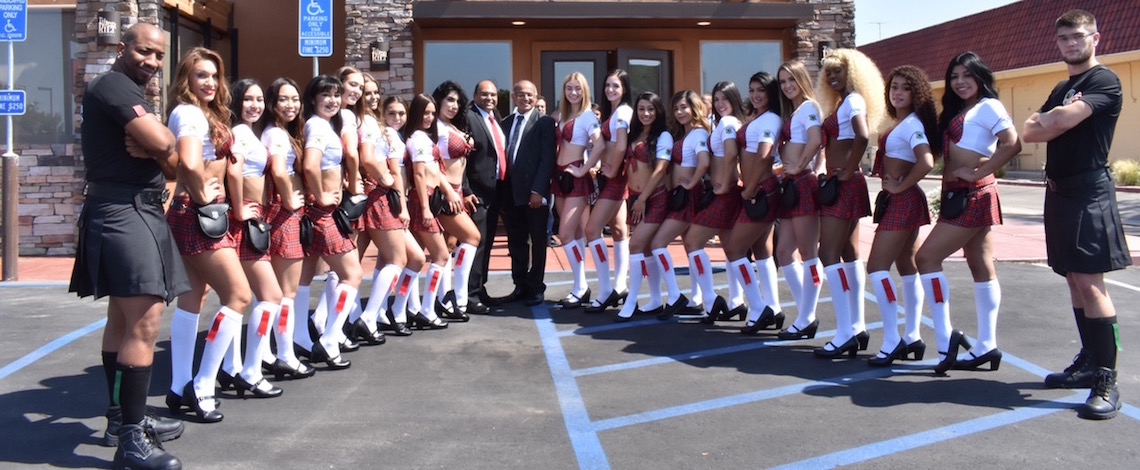

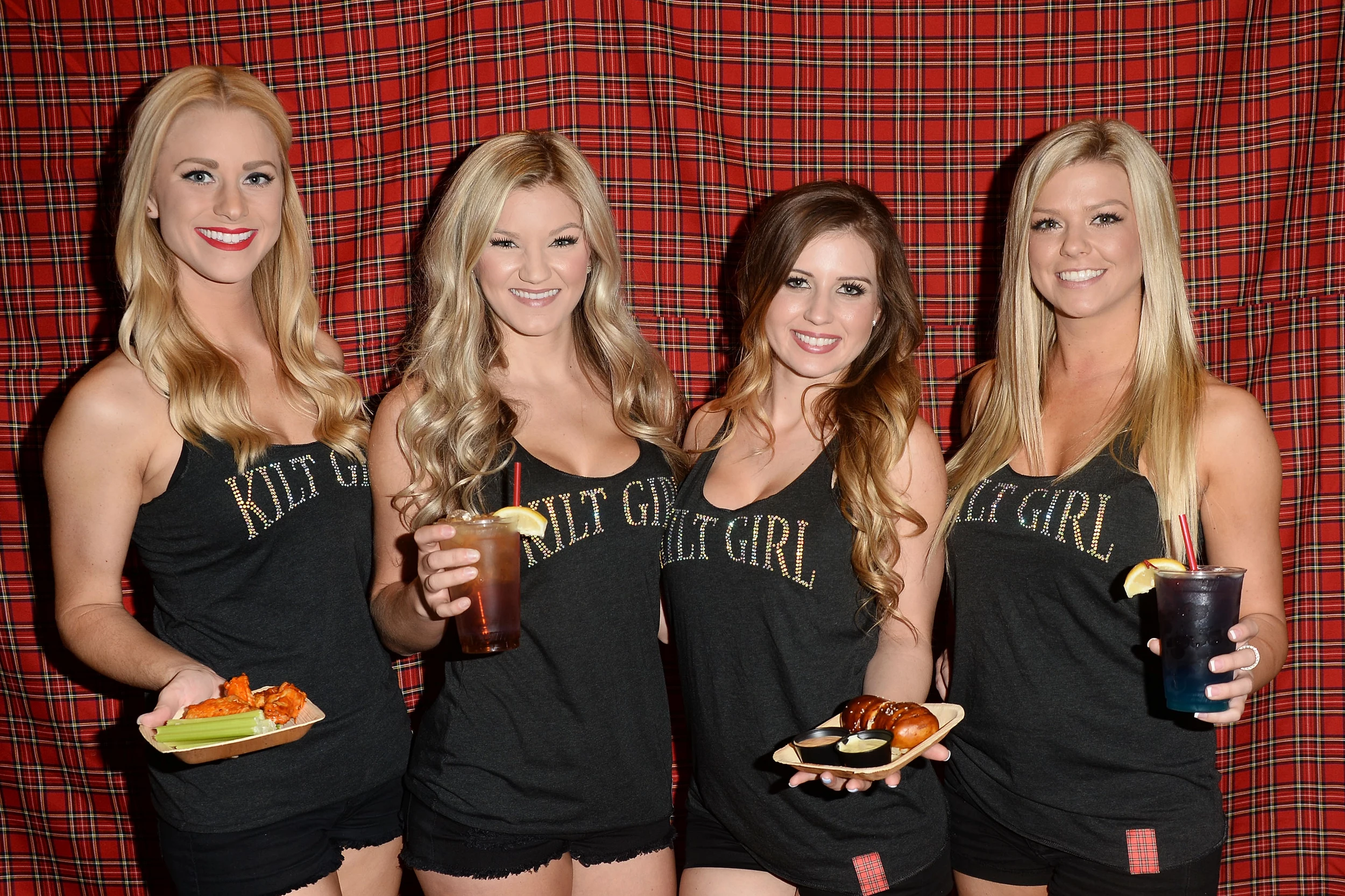







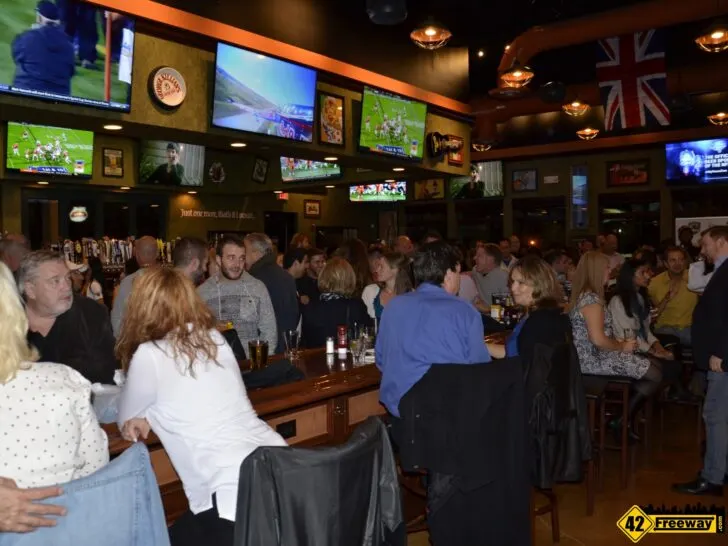

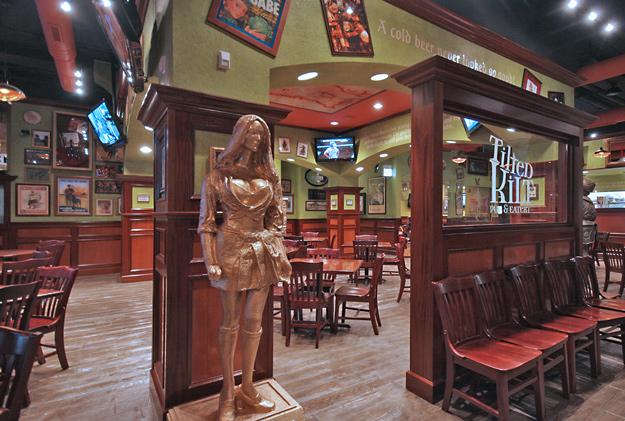
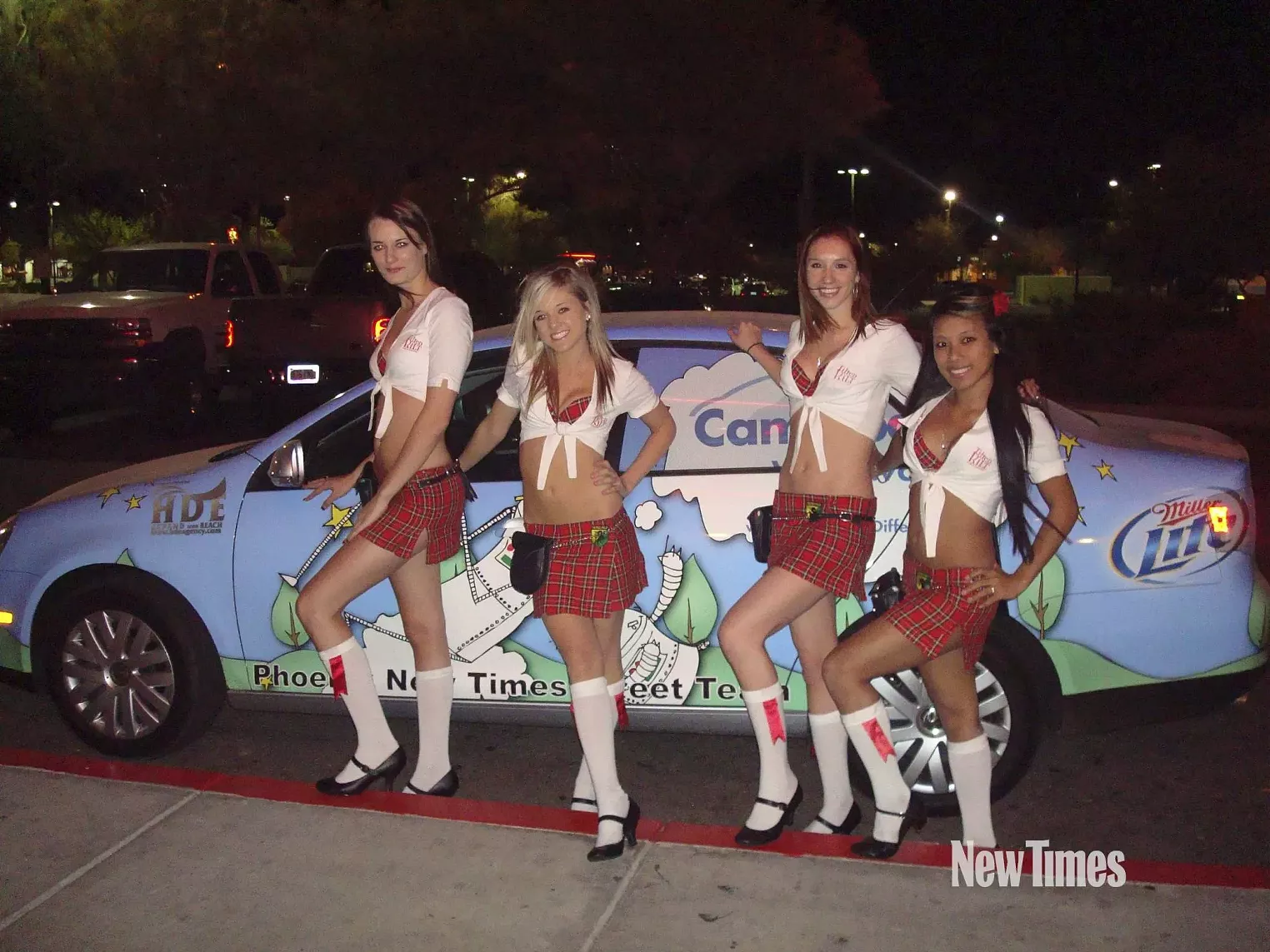


:quality(70)/wp-adn.s3-website-us-west-2.amazonaws.com/image-archive/952341/141024TiltedKilt04.JPG)
